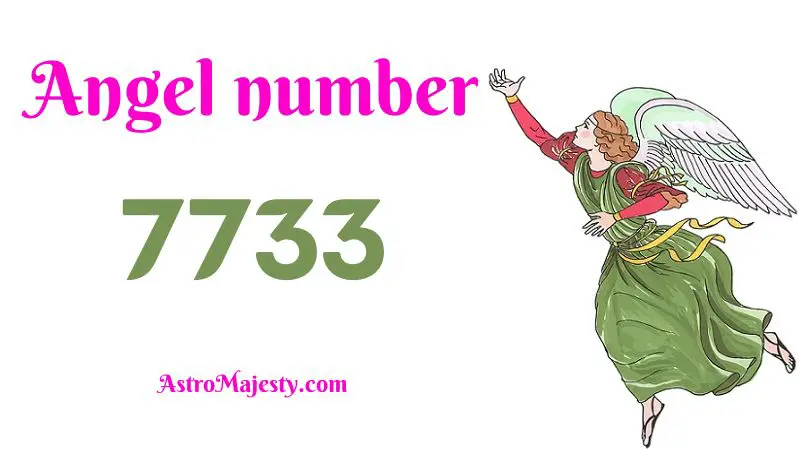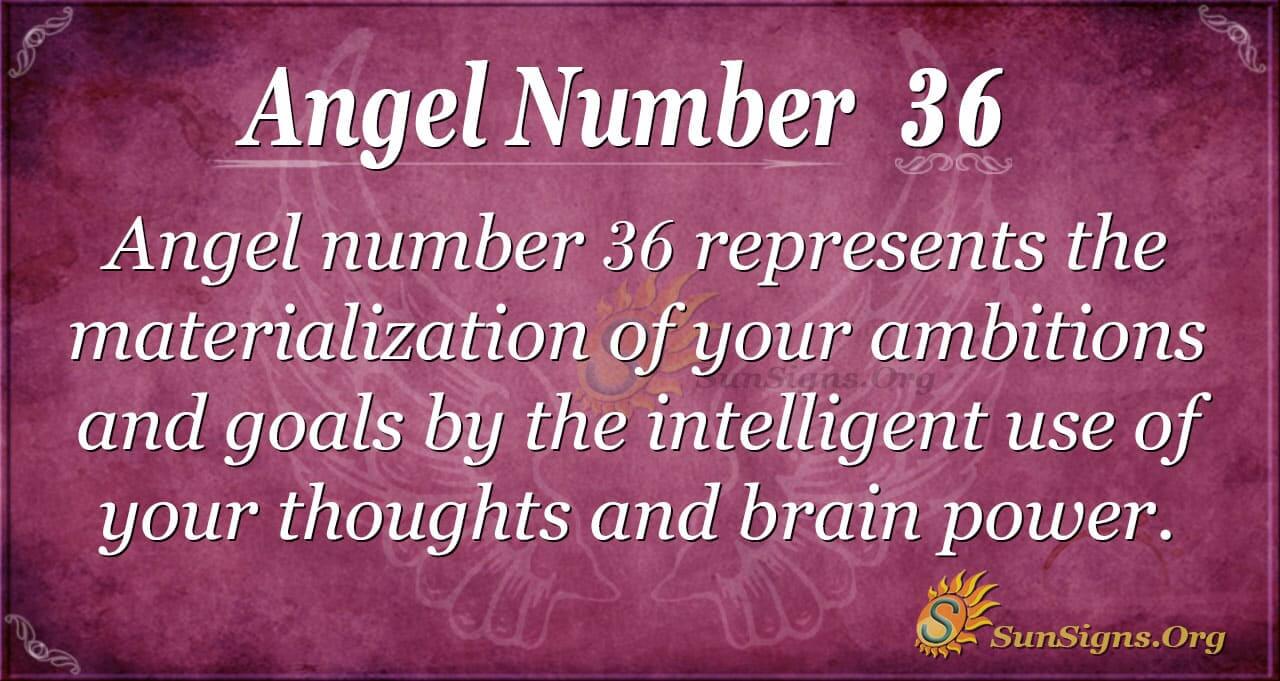


Only context could differentiate them.Īncient Greeks seemed unsure about the status of zero as a number: they asked themselves "How can nothing be something?", leading to interesting philosophical and, by the Medieval period, religious arguments about the nature and existence of zero and the vacuum. Thus numbers like 2 and 120 (2X60), 3 and 180 (3X60), 4 and 240 (4X60), et al., looked the same because the larger numbers lacked a final sexagesimal placeholder. The Babylonian placeholder was not a true zero because it was not used alone. In a tablet unearthed at Kish (dating from perhaps as far back as 700 BC), the scribe Bel-ban-aplu wrote his zeroes with three hooks, rather than two slanted wedges. By 300 BC a punctuation symbol (two slanted wedges) was co-opted as a placeholder in the same Babylonian system. The lack of a positional value (or zero) was indicated by a space between sexagesimal numerals. Zero is the Monad, the originator and container of All.īy the mid 2nd millennium BC, the Babylonians had a sophisticated sexagesimal positional numeral system. Kabbalism: Boundless Limitless Light the Ain. Taoism: It symbolizes the Void non-being.īuddhism: It is the Void and no-thingness.

Begins with meanings such as, Non-existence nothingness the not manifested the unlimited the eternal. Or non-being thought the ultimate mystery, the incomprehensible Absolute. Represent ascent and descent, evolution and involution.īefore the One (meaning the Source-not the number) there is only Void, Totality of life contained within the circle. Zero as an empty circle depicts both the nothingness of death and yet the Zero represents the Cosmic Egg, the primordial Androgyne - the Plenum. It has much intensity, so caution is needed wherever it appears to ensure that extremes are not encountered. Zero is a powerful number which brings great transformational change, sometimes occurring in a profound manner. That is, after two starting values, each number is the sum of the two preceding numbers. Fibonacci Number: In mathematics, the Fibonacci numbers form a sequence defined by the following recurrence relation.


 0 kommentar(er)
0 kommentar(er)
